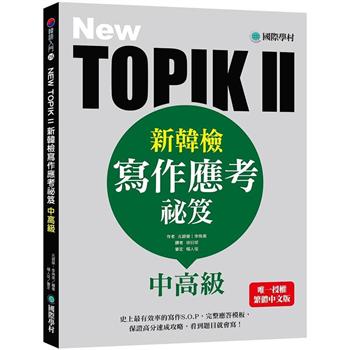This study examines the work of the principle architects of Anglo-American modernist poetics - T.S. Eliot, H.D., Ezra Pound, Gertrude Stein, Edward Thomas and Wallace Stevens - and their response to the challenge of combatant war poetries. It argues that these civilian poets sought to negotiate directly with the combatant’s gnosticism, specifically with the combatant’s assertion that only those present at a catastrophe could properly represent its horrors. The modernists rightly identified that gnosticism was a threat to their own representational claims on an increasingly traumatic modernity. How was the imagination to be salvaged in order that it could still feel into the wounded experience of others? In response to this challenge, the modernists drafted their own imagined war poems, developing in the process several different and contradictory poetic systems. Whereas scholarship ordinarily tells the story of intra-war modern poetry as a series of different schools - the trench lyric, the home front elegy and the modernist long poem - each moving in a different direction, this study brings those traditions back together into one history by treating them as idiosyncratic responses to the same aesthetic problem.
| FindBook |
有 1 項符合
Modernist War Poetry: Combat Gnosticism and the Sympathetic Imagination, 1914-19的圖書 |
 |
Modernist War Poetry: Combat Gnosticism and the Sympathetic Imagination, 1914-19 作者:Wood 出版社:Edinburgh University Press 出版日期:2024-08-15 語言:英文 規格:平裝 / 272頁 / 普通級/ 初版 |
| 圖書館借閱 |
| 國家圖書館 | 全國圖書書目資訊網 | 國立公共資訊圖書館 | 電子書服務平台 | MetaCat 跨館整合查詢 |
| 臺北市立圖書館 | 新北市立圖書館 | 基隆市公共圖書館 | 桃園市立圖書館 | 新竹縣公共圖書館 |
| 苗栗縣立圖書館 | 臺中市立圖書館 | 彰化縣公共圖書館 | 南投縣文化局 | 雲林縣公共圖書館 |
| 嘉義縣圖書館 | 臺南市立圖書館 | 高雄市立圖書館 | 屏東縣公共圖書館 | 宜蘭縣公共圖書館 |
| 花蓮縣文化局 | 臺東縣文化處 |
|
|
內容簡介
作者簡介
Dr Jamie Wood is an independent scholar focused on Anglo-American literary modernism between 1910 and 1950. He is particularly interested in the genealogy of high modernist aesthetics, the trauma of modernity and the interconnection between literature and finance capitalism. He is the author of several journal articles published in Biography (2018), College Literature (2018), Modernist Cultures (2015) and Modernism/modernity (2010), and of articles in edited collections published or forthcoming by Edinburgh University, Cambridge University Press, Oxford University Press and the Société Française. He has written extensively on the work of Wyndham Lewis and George Orwell, and in 2014 was the winner of the British Association of Modernist Studies Essay Prize for work on F.T. Marinetti’s visit to London in 1910.
|










